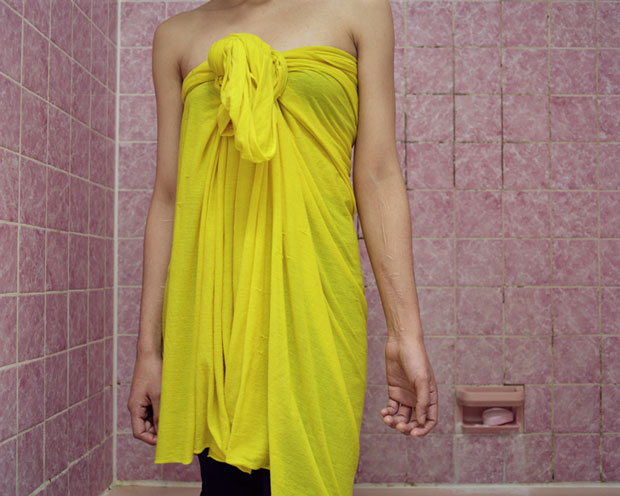In an essay on the experience and expression of female pain, Leslie Jamison considers cutting “an attempt to speak and an attempt to learn”:
There’s an online quiz titled “are you a real cutter or do you cut for fun?” full of statements to be agreed or disagreed with: I don’t really know what it feels [like] inside when you really have problems, I just love to be the centre of attention. Gradations sharpen inside the taboo: Some cut from pain, others for show. Hating on cutters—or at least these cutter-performers—tries to draw a boundary between authentic and fabricated pain, as if we weren’t all some complicated mix of wounds we can’t let go of and wounds we can’t help, as if choice itself weren’t always some complicated mix of intrinsic character and agency. How much do we choose to feel anything?
She confesses:
I used to cut. It embarrasses me to admit now, because it feels less like a demonstration of some pain I’ve suffered and more like an admission that I’ve wanted to hurt. But I’m also irritated by my own embarrassment … I hurt myself to feel is the cutter’s cliché, but it’s also true. Bleeding is experiment and demonstration, excavation, interior turned out—and the scar remains as residue, pain turned to proof.
(Photo by Kristina Knipe, from her self-harm series “I Don’t Know The Names of Flowers”)
